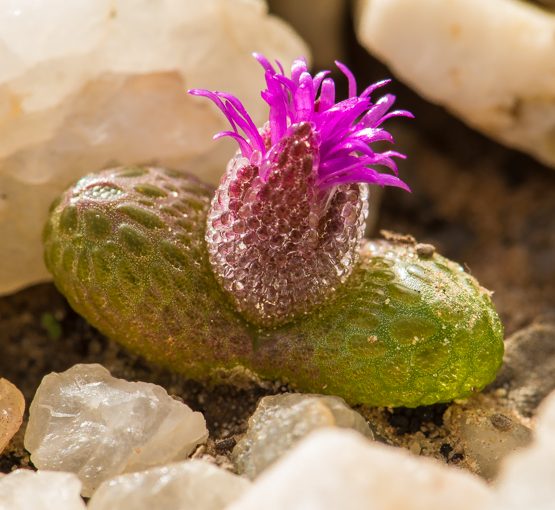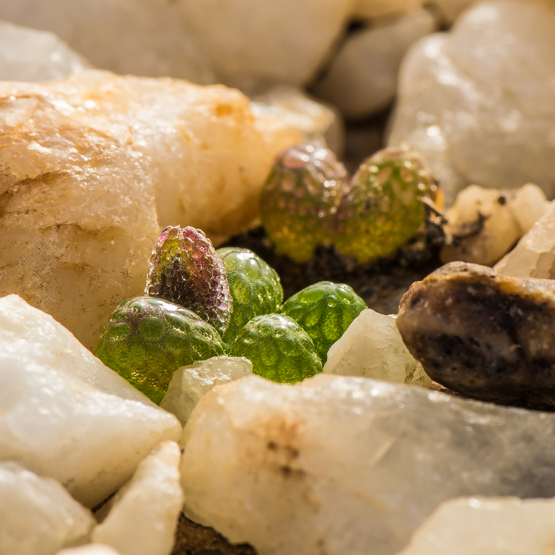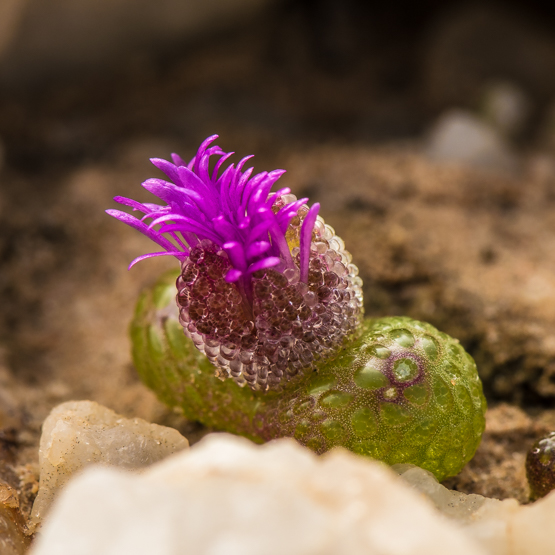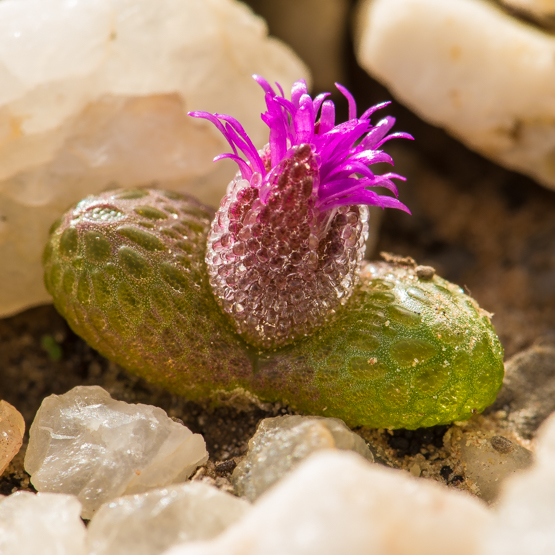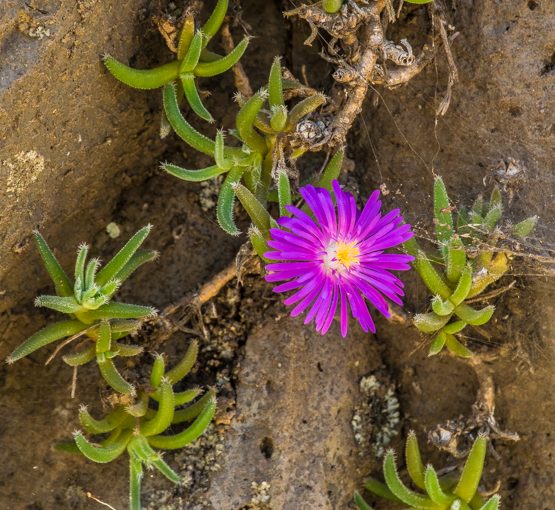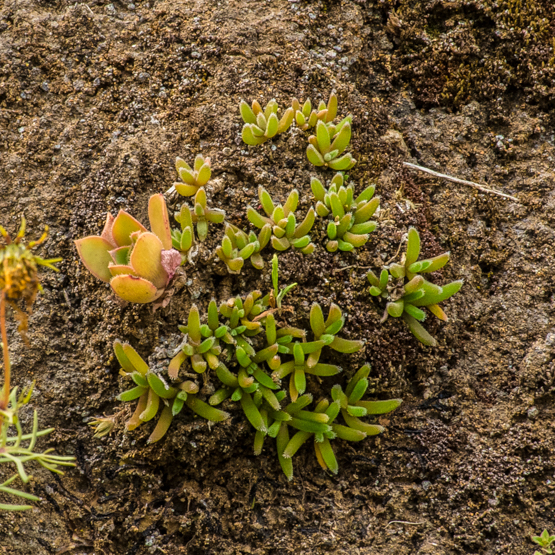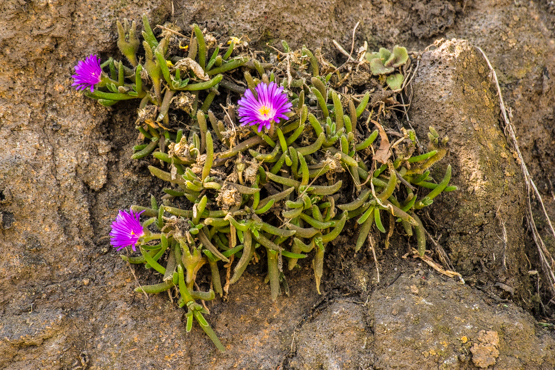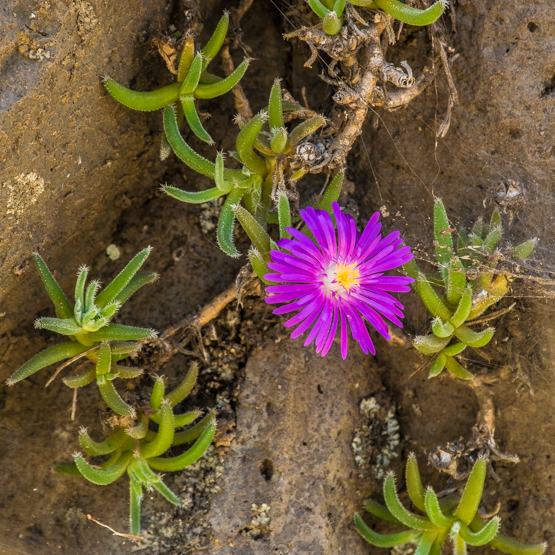Forming dense clumps of up to 25 cm tall and 40 cm across, this may well be the most robust species in the genus.
It has silvery white to pale bluish grey (sometimes grey-green) leaves up to 11 cm long and 1.5 cm thick; they are triangular in cross-section and sometimes toothed (to quote “Plants of the Greater Cape Floristic Region”: absent one year but fiercely present the next). When no teeth are present, plants may be easily confused with C. robusta.
The flowers are big (up to 7 cm in diameter), on long, sturdy stalks. They may be white, cream-coloured or pale yellow, are often purplish at the tips and on the outside and appear in August-September. The fruits have 12-20 compartments.
The species is widespread on sandy flats and slopes (also often growing in dry river beds) in Namaqualand (from the south-eastern Richtersveld south to Bitterfontein).
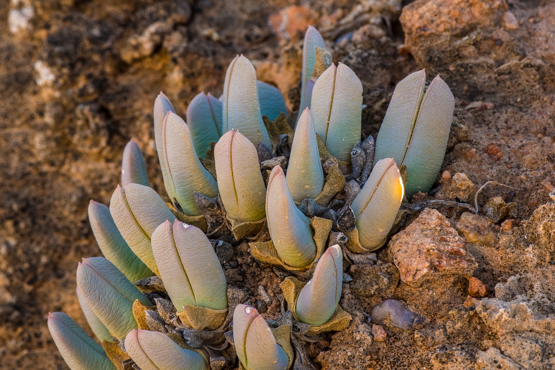
#1: mid May 2007
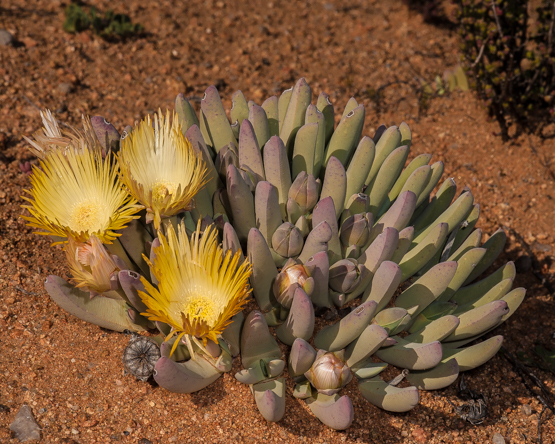
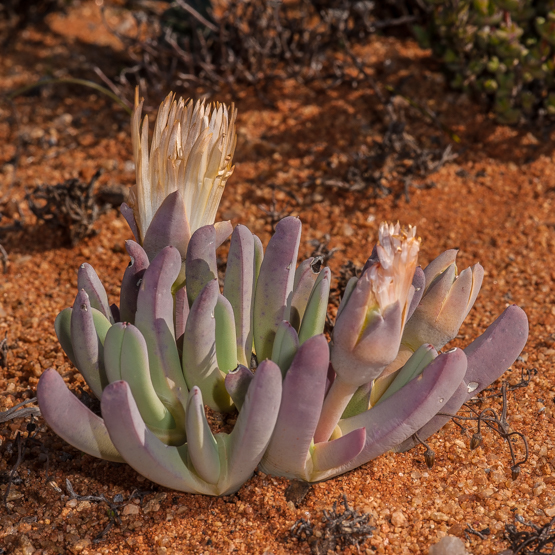
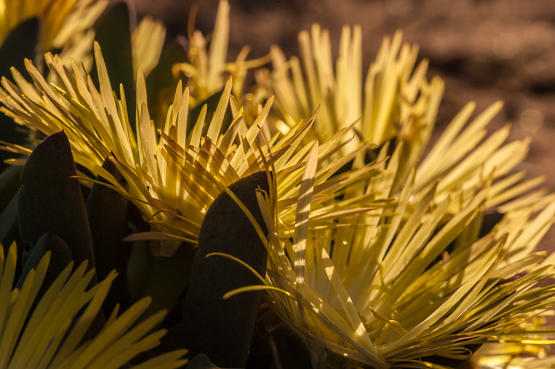 # 2,3 and 4: mid July 2011
# 2,3 and 4: mid July 2011
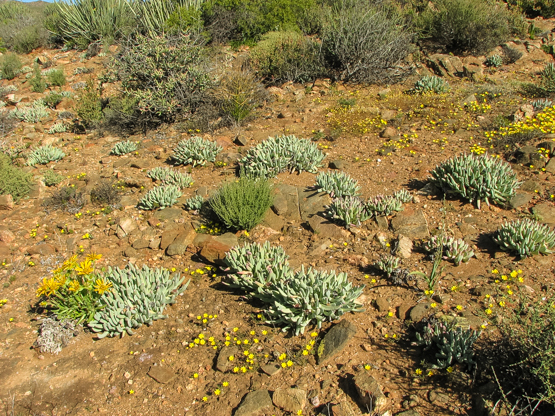
#5: late August 2007
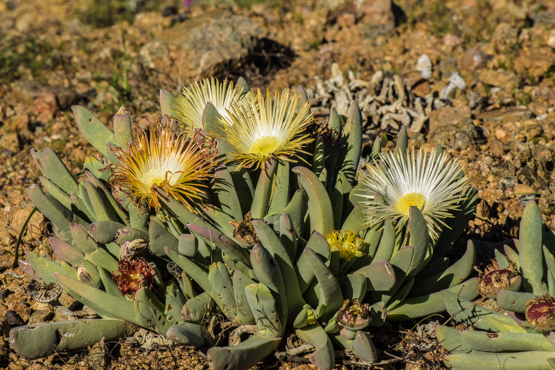
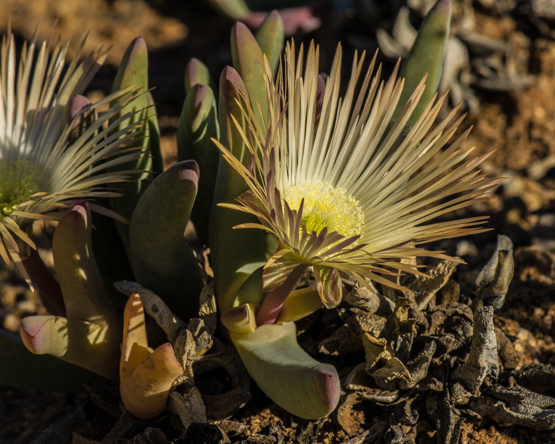 # 6 and 7: late August 2016
# 6 and 7: late August 2016
